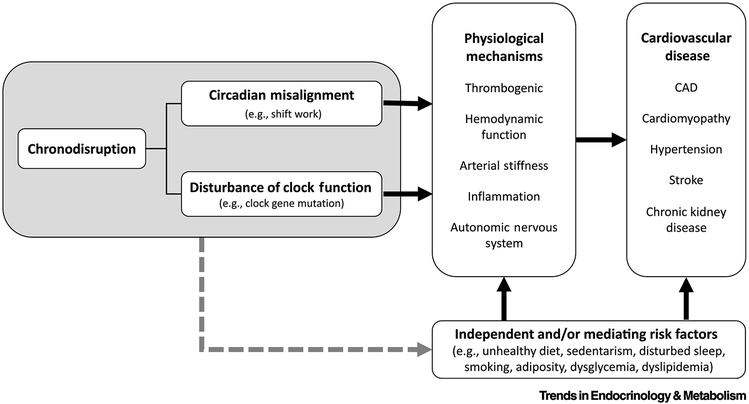Figure 4: Linking chronodisription to cardiovascular disease.
Chronodisruption (see left figure panel) can take the form of circadian misalignment or disturbance of circadian clock function per se, either of which can lead to increased cardiovascular risk. Chronodisruption leads to physiological changes which are associated with and often precede cardiovascular disease (see middle figure panel), including adverse effects on thrombogenic pathways [22, 23], hemodynamic function [22, 53, 58, 72, 73], arterial stiffness [74], inflammation[22, 23, 49, 55, 75], and autonomic nervous system function [24, 37, 57]. Furthermore, chronodisruption has also been directly linked to many forms of cardiovascular disease (see right figure panel), including coronary artery disease (CAD) [76], cardiomyopathy [16, 18, 52, 58], hypertension [77], stroke [15, 60], and chronic kidney disease [16, 78]. Chronodisruption may also contribute to such physiological changes and/or cardiovascular disease via other classes of risk factors (e.g. alterations to behavioral patterns; see bottom figure panel).

